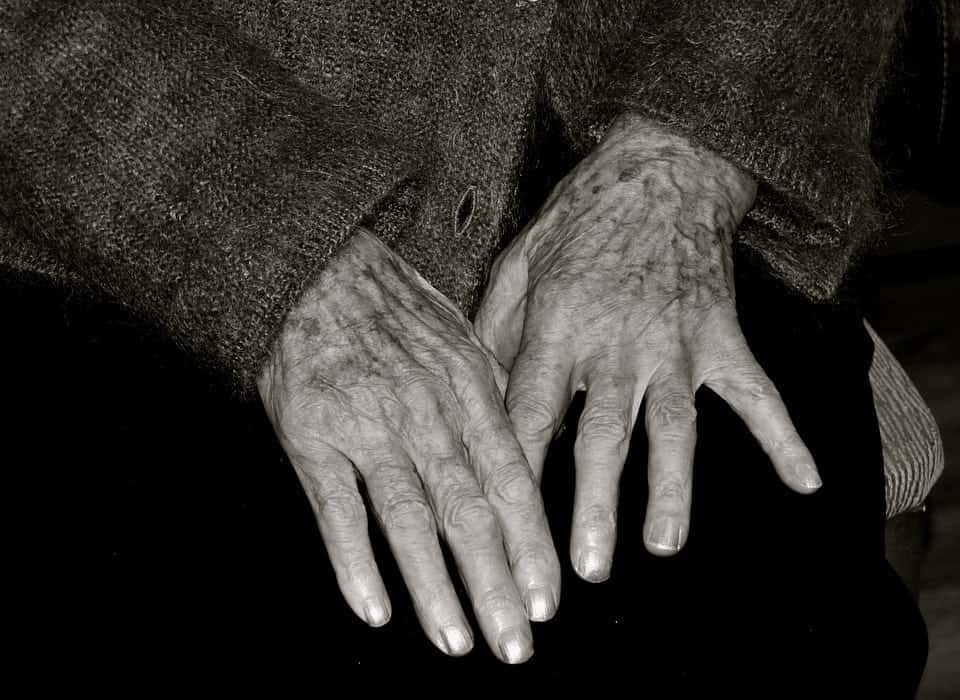
Photo: PA
Brain ageing has been reversed for the first time, offering hope of a cure for Alzheimer’s disease and multiple sclerosis, say British scientists.
The groundbreaking feat was achieved by destroying a protein that stiffens the organ – much like muscles and joints.
Just like bones it ‘creaks’ as we get older – impairing the function of stem cells that generate neurons.
Using the brains of rodents, lab tests showed they could be rejuvenated by focusing on oligodendrocyte precursor cells (OPCs).
This is a type of stem cell needed to repair myelin – the fatty insulating material that coats nerve fibres.
In multiple sclerosis this is damaged. The loss of OPCs is also linked to dementia and Parkinson’s disease. Their function even declines with age in healthy people.
The findings published in Nature shed fresh light on the ageing process, report the Cambridge University team.
They could lead to the development of much-needed therapies for a host of conditions caused by mental decline.
Although it predominantly contains grey and white matter, the brain also has some muscle.
Co-lead author Dr Kevin Chalut said: “Ageing causes a decline in tissue regeneration owing to a loss of function of adult stem cell and progenitor cell populations.
“One example is the deterioration of the regenerative capacity of the widespread and abundant population of central nervous system multipotent stem cells known as OPCs.
“Here we show the OPC micro-environment stiffens with age and this mechanical change is sufficient to cause age-related loss of function of OPCs.”
In the study the researchers used biological and synthetic scaffolds to mimic brain stiffness.
They found found blocking a chemical called PIEZO1 was key. It’s found on the surface of a cell and informs it if the surrounding environment is soft or stiff.The function of OPCs also declines with age in healthy people.
Dr Chalut said: “We find isolated aged OPCs cultured on these scaffolds are molecularly and functionally rejuvenated.”
Inhibiting PIEZO1 enables OPCs to maintain activity in the ageing central nervous system, he said.
The researchers first transplanted older OPCs from aged rats into the soft, spongy brains of younger animals.
Remarkably, the older brain cells were rejuvenated and began to behave like the younger, more vigorous cells.
They then developed new materials with varying degrees of stiffness to mimic young and old brains.
They used these to grow and study the rat brain stem cells in a controlled environment.
Dr Chalut said: “We were fascinated to see when we grew young, functioning rat brain stem cells on the stiff material, the cells became dysfunctional and lost their ability to regenerate, and in fact began to function like aged cells.
“What was especially interesting, however, was that when the old brain cells were grown on the soft material, they began to function like young cells – in other words, they were rejuvenated.”
He added: “Our findings could be important not only for the development of regenerative therapies, but also for understanding the ageing process itself.”
In people with MS, the natural process by which lost myelin is rebuilt and replaced is blocked. Scientists have been looking for ways to switch the mechanism back on.
Co-author Professor Robin Franklin said: “When we removed Piezo1 from the surface of aged brain stem cells, we were able to trick the cells into perceiving a soft surrounding environment – even when they were growing on the stiff material.
“What’s more, we were able to delete Piezo1 in the OPCs within the aged rat brains, which lead to the cells becoming rejuvenated and once again able to assume their normal regenerative function”.
Dr Susan Kohlhaas, director of research at the MS Society who part funded the study, said: “MS is relentless, painful, and disabling and treatments that can slow and prevent the accumulation of disability over time are desperately needed.
“The Cambridge team’s discoveries on how brain stem cells age and how this process might be reversed have important implications for future treatment, because it gives us a new target to address issues associated with ageing and MS, including how to potentially regain lost function in the brain.”
Over one in 10 registered deaths in 2018 due to dementia and Alzheimer’s – click here